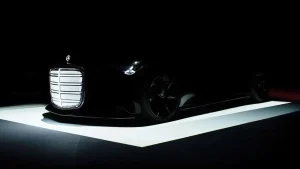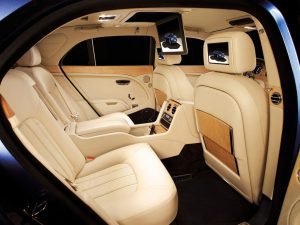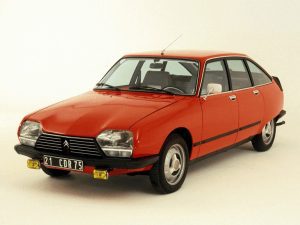
In today’s world of endlessly redefining the familiar and turning mediocrity into something supposedly unique and special, Citroën in the 1970s built one of its most successful cars of all time. Sadly, this peculiar Frenchman has almost completely faded into obscurity…
The “big” Citroën models have always captured media attention and the market with their eccentric yet ingenious designs. They were also famous for revolutionary bits of technology, packed together with heaps of quirkiness into models like the DS, CX, XM, and C6.
But the smaller Citroëns—like the BX and GS—somehow managed to slip so far under today’s radar that it’s almost unbelievable. And they shouldn’t have. Especially the GS, which back in 1971 snatched the prestigious Car of the Year award right under the noses of its rivals.

With the GS, Citroën brought the comfort and technology of the DS to the market—but at just a fraction of the “Goddess’s” price (which was still being sold during the GS era).
Head designer Robert Opron did a flawless job, making the GS attractive to tech enthusiasts with (for the time) a record aerodynamic drag coefficient of only 0.318. The hydropneumatic suspension system ensured perfect comfort under any driving conditions and on any road surface.
From the initial idea, through two finished concept cars, development of the GS lasted an incredible 14 years. Citroën left nothing to chance, aiming to position the GS at the very top of the family-car segment.

The first Citroën concept that hinted at the GS was the C10—shaped like something between a bun and a banana. Needless to say, nobody but a sausage manufacturer would have wanted such a car in their driveway. So in 1963, another concept was made, which through refinement evolved into the final production model: the “Project F.” Despite sounding like the title of a C-grade action movie, it closely resembled the finished GS that hit the market.

Upon launch, many journalists and publications praised the GS highly. But not everyone was so kind. In the March 1971 issue of CAR magazine, motoring journalist L.J.K. Setright observed that with the GS “the motor industry will have to reassess its offerings,” seeing it as a “strange surge toward a sea of mediocrity.”
And while the sales numbers—nearly two million cars—spoke for themselves, Setright wasn’t entirely wrong. Because Citroën didn’t create another DS here; instead, it embraced compromises to preserve its image as the eccentric maker of ingenious, technologically advanced cars.

With just 54 hp in the base version and 66 hp in the stronger one, the GS wasn’t exactly a rocket. Yet it still managed top speeds of around 160 km/h—more than enough to hold its own on the motorway.
Thanks to all its positive traits, this quirky little car remained in production for 16 years, evolving into the GSA. And if not for its speed or performance, then surely for its longevity, practicality, durability, and comfort, the GS should never have been forgotten. The same goes for its successor, the BX.
But that’s another story altogether…






